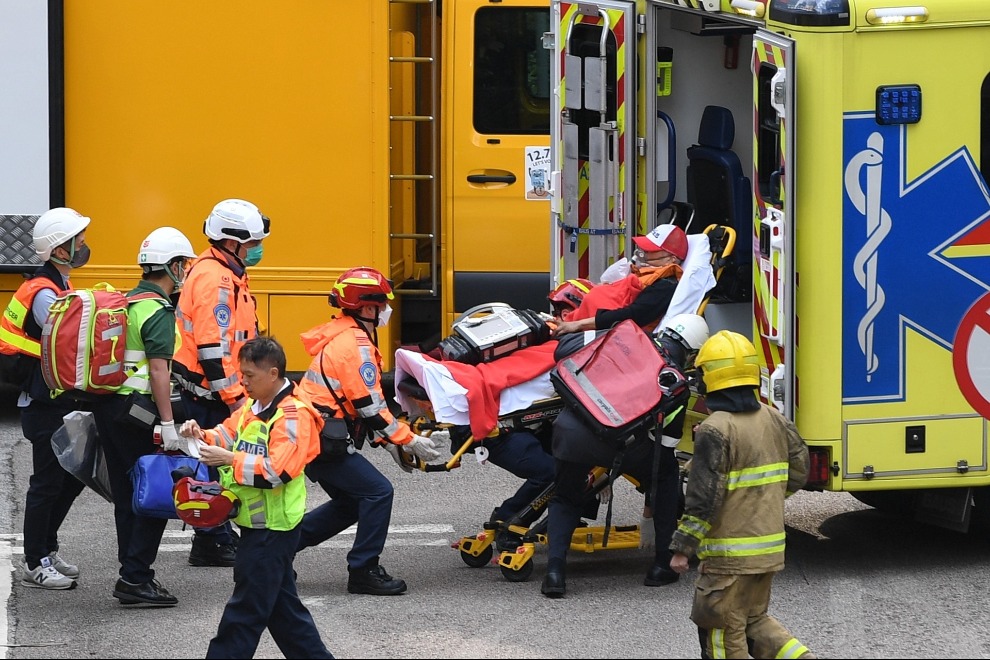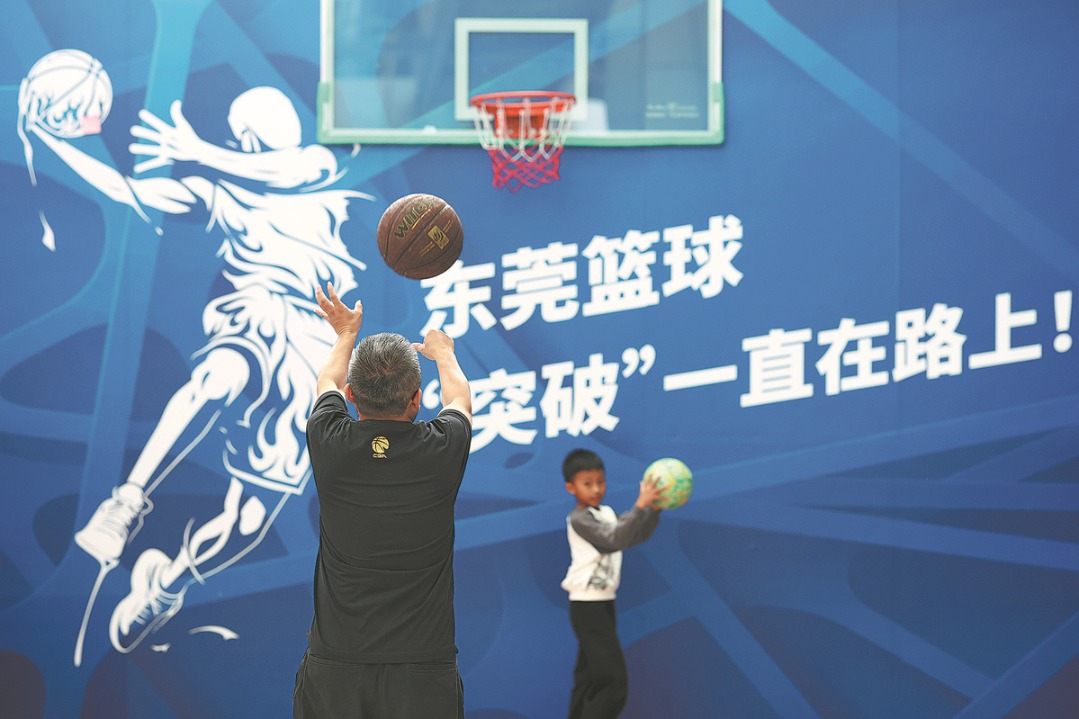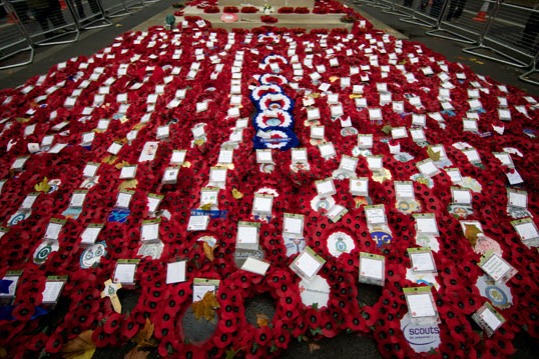Back from the brink

Famous photo studio saved from extinction relishes its past and reaps the rewards
Yao Jianzhong has devoted 33 years of his working life to China Photo Studio; his late father gave it 40 years of his life. At their beloved photo studio, tradition is treated as a treasure rather than as an outdated encumbrance.
The studio remains faithful to a traditional style of wedding photography that appeals to many couples, notably where one of the pair is not Chinese, but where both have a soft spot for Chinese culture and its trappings.
"We have more foreign couples during holidays, usually a Chinese bride with a foreign groom," says Yao, senior pre-wedding photographer at China Photo Studio.
"We have got used to photo shoots for foreigners that take into account their cultural preferences, styles and traditions."
The studio was set up in Shanghai in 1937 and moved to Beijing in 1956.
The portfolio of subjects who have enjoyed the attention of China Photo Studio's cameras over the years is impressive, and includes the late Chinese premier Zhou Enlai, the former United Nations secretary-general Kofi Annan, and, in more recent times, the actor-politician Arnold Schwarzenegger and the action star Jet Li.
Among the less famous is Vana Han, an account manager of an online advertising firm in San Francisco, who took her American husband, Kevin Robertson, back to China for a pre-wedding shoot.
"Kevin liked how Chinese studios worked. They are more efficient and much cheaper A lot of my Chinese American friends chose to take wedding photos in China instead of the US."
Now Yao, 50, is preparing for National Day on Oct 1 and the ensuing holiday period, which always gets the wedding photo industry's cameras clicking and its tills ringing.
While China Photo Studio's works have been circulated by many people over the decades, the widespread respect it gained never quite translated into matching commercial success until about 12 years ago.
In the 1990s a wave of studios from Taiwan and Hong Kong equipped with advanced equipment and new ideas arrived on the scene, and many photo studios in Beijing quietly closed. China Photo Studio also felt the pain, but, with a few others, managed to survive.
It now has six branches in Beijing and plans to open a new branch in the capital every year.
Just as the technology of photography has radically changed in the past 20 years, so has the way studios are run, and 10 years ago China Photo Studio staff were able to become shareholders.
Nevertheless, China Photo Studio seems not only to relish its traditions but also to flaunt them. On ultra-switched-on, modernized Wangfujing Street in Beijing, China Photo Studio looks stubbornly on, its building decked in the clothes of a bygone era.
"It reminds me of the old times when the People's Republic of China was founded in 1949," says Sun Liyun, a tourist from Anhui province, standing in front of China Photo Studio.
While other studios snap up trendy, young photographers, China Photo Studio sticks by tradition and doffs a cap of respect to its senior staff. Yao is one such.
Middle-aged Yao looks trim and in good shape, someone who, with seniority in a State-run business in China, you might well expect to be doing managerial work. But Yao cannot quite let go of the shutter, and insists on taking customer photos every day.
"I want to hand down the old traditional techniques," he says.
Yao was trained by his father, China Photo Studio's first manager in Beijing, who specialized in portrait photography and who took his son's wedding photos.
The four decades during which Yao's father worked with China Photo Studio were its golden years. Before moving to Beijing, its turnover surpassed the total of all three other photo studios in Shanghai; after moving to the capital it was favored by high-ranking officials, including the then premier Zhou Enlai.
Yao's father also brought back photos that featured Western wedding gowns, which gave a fillip to the wedding photo industry after the "cultural revolution" (1966-1976). "(In that period), all the old photos that showed western wedding gowns were destroyed," Yao says.
From 1978, Western wedding gowns returned to the shop windows of photo studios, despite early hesitancy among many.
"In 1978, for political reasons, no one dared say 'Let's take some fancy wedding photos' but my father insisted on doing so," Yao says.
His father unearthed three wedding gowns, all of the same design, but in different sizes. The flowers and jewelry were made of plastic.
Though China Photo Studio's equipment was basic, it introduced to the country a new fashion that would later dominate the industry.
Couples had to line up in front of the studios early just to get a queue card. Two hundred cards were given out each day, but sometimes there were photo sessions for 260 couples.
"The extra 60 couples were the couples who came to Beijing for a wedding tour with a packed schedule," Yao says. "It was very hard to refuse them. We worked extra hours for them."
"At that time, taking pre-wedding photos was a luxury for many people. A set of pre-wedding photos including four photos cost more than 100 yuan." Yao's salary was about 21 yuan a month.
Yet, despite the cost the couples came from near and far. Liu Zhen, a middle school teacher in Nanjing, Jiangsu province, says that for her mother, having photos taken at China Photo Studio was a dream.
"And my dad had to save money for this. They traveled to Beijing and waited nearly half a day for the photos."
Yao joined China Photo Studio about the same time, 1978. His father was his mentor as he mastered the techniques of traditional photography.
"Before I was allowed to touch the camera, I had to answer hundreds of questions such as how many facial forms people had, how many lights I could list, and so on. If my father did not like my answers I had to sit on the street watching passers-by until I got something," he says.
"My father always joked that if you hung a piece of meat behind a camera, a dog would be able to take a picture. But to be a photographer you need a lot of practice."
Just as Yao, all these years later, continues to make the most of the skills his father taught him, China Photo Studio continues to bask in its glory days, from 1956 to 1993, when thousands of people, including Chinese and foreigners, had their photos taken there.
Yao has all the more reason to be thankful because when the Taiwan studios moved in during the 1990s, China Photo Studio's days look numbered.
"Some days we took in only hundreds of yuan. We could not even pay for the packed lunch for our employees."
Yao's father retired in 1990 and died in 1997, missing out on the revival that eventually came two years later.
"We still maintain our advantages too, such as the skills of portrait photography. We don't change customers into a fairy using fancy dresses and cosmetics; we capture their splendid moments by observing their behavior and by choosing proper angle and light."
Such techniques seem to be paying off, China Photo Studio's manager, Sun Xiuzhen, says the studio turned in a profit of 50 million yuan (5.7 million euros) last year and expects that to rise by 50 percent this year.
Just as Yao Jingcai passed on his skills and love of photography to his son, some of the studio's customers of yesteryear pass on their enthusiasm for its work to their children.
Liu Zhen, a middle school teacher whose parents took wedding photos at China Photo Studio, decided to take her own wedding photos there too.
"I know it is not cheap at all. A lot of my friends don't understand me, but I know what great work these traditional photo studios have done."
Maintaining another tradition of China Photo Studio, Yao continues to take photos of VIPs, but taking photos of wedding couples remains one of his favorite passions.
"Taking pre-wedding photos is like bearing witness to a couple's happiness. I really am so lucky. I guess in western countries it is only the priest who has that privilege."
Today's Top News
- Xi calls for promoting volunteer spirit to serve national rejuvenation
- Xi chairs CPC meeting to review report on central discipline inspection
- Reunification will only make Taiwan better
- Outline of Xi's thought on strengthening military published
- Targeted action plan to unleash consumption momentum
- Separatist plans of Lai slammed






























